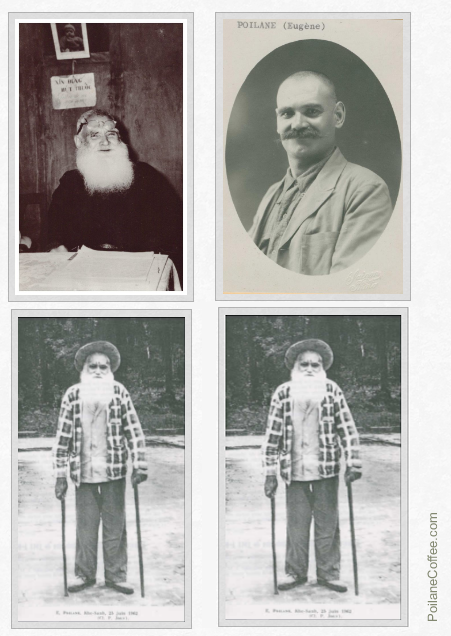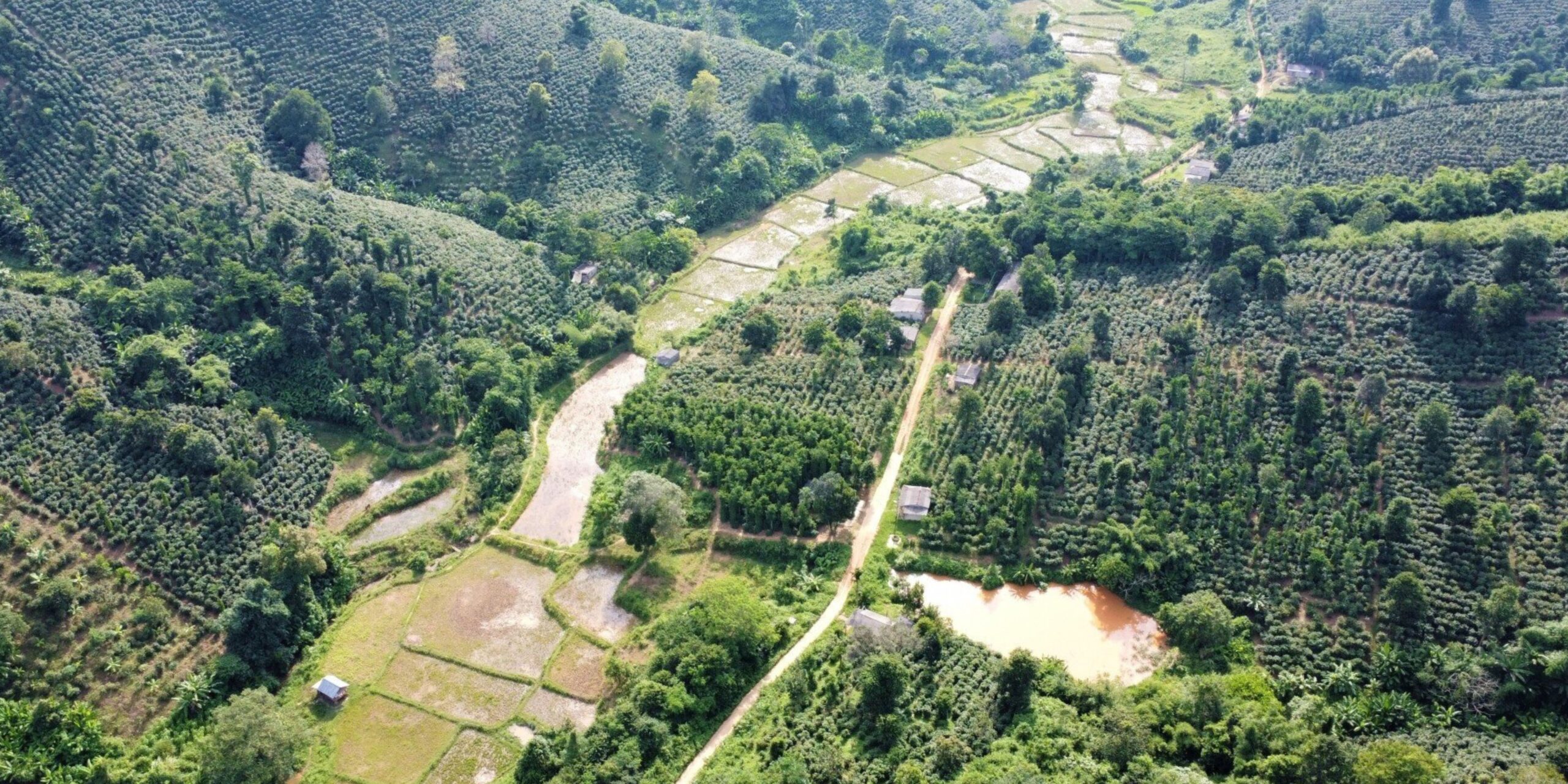Khe Sang – The Most Worth-Tasting Arabica Coffee in Vietnam

Central Vietnam is a land known for its harsh climate, which is not suitable for producing juicy, sweet fruit like in the Mekong Delta. However, this harshness gives rise to unique and famous aromatic spice crops in Vietnam such as chili, garlic, pepper, and coffee.
Although Vietnam is the world’s second largest exporter of Robusta coffee, the first coffee varieties introduced into Vietnam were Arabica, brought in 1857 by a French missionary, Father Alexander Vallet. Central Vietnam was the first destination for this plant, with the initial trials in Quang Binh, then spreading to nearby provinces like Nghe An, Quang Tri, and Hue.
Historical records indicate that Eugene Poilane (1888–1964), a Frenchman born in Saint-Sauveur de Landemont, France. He first arrived in southern Vietnam in 1909 as an artillery worker. . In 1918, when Poilane first passed through Khe Sanh, he was attracted by the lush vegetation and believed red soil was good for any crops, similar to Tuscany, Italy. In 1926, he returned with Chiari coffee seedlings and planted them there. This marked the beginning of French coffee plantations in the region and the start of the renowned Khe Sanh coffee flavor.
Today, building on the legacy of Eugene Poilane, Central Vietnam has developed three major Arabica-growing regions: A Luoi (Hue), Phu Quy (Nghe An), and Khe Sanh (Quang Tri).
Picture 1 : A Portrait of Mr.Eugene Poilane

Arabica coffee from Central Vietnam carries distinctive quality characteristics influenced heavily by the climate and soil conditions of each growing region.
For example, at Khe Sanh, Quang Tri, the combination of:
- Altitude: 500–600 meters above sea level, with hot sunshine during the day and cold nights, causing a large temperature difference between day and night. This slows down the ripening of coffee cherries, allowing more sugar accumulation and more complex flavors. The elevation also creates slopes that help drain water quickly, preventing waterlogging and root rot during the long rainy season (providing just enough moisture but no flooding).
- Clear differentiation between rainy and dry seasons: If rains come early after a relatively dry period—as seen in Central Vietnam—it stimulates the coffee trees to undergo a "resting" phase that promotes flower bud differentiation, which is necessary for synchronized flowering and high fruit set. This feature is common in subtropical belt regions, such as Brazil and Vietnam.
- Humidity and rainfall: Arabica coffee prefers high humidity (70–85%). The long rains in winter are unfavorable for cross-pollinating plants like Robusta but do not affect self-pollinating Arabica.
- Fog helps maintain the necessary humidity during the dry season (summer) and limits pests and diseases.
Soil – Red basalt soil
Khe Sanh is located on the Huong Hoa Plateau of Quang Tri Province (150 kilometers from Hue), an extension of the Truong Son basalt plateau, an area with past volcanic activity resulting in nutrient-rich red basalt soil.
Achievements of Khe Sang
In 2022, Khe Sanh coffee won the Silver Award at the “Coffees Roasted at Origin” competition for small producers and processors worldwide, organized by the non-governmental agency AVPA (The Agency for the Valorization of Agricultural Products) in Paris, France.
Khe Sang coffee lots, when processed by washed or honey methods with high quality, can reach 84–87 points on the SCA scale and meet Specialty Coffee standards.Consistently ranks among the highest-quality coffee beans in Vietnam
Arabica from Khe Sanh features a flavor profile of fruity notes, with a relatively full body (7/10) — fuller than Arabica from A Luoi (5.5/10). It offers a balanced sweetness and mild bitterness, making it a great choice for Ice Drip. Or when blended 40% with 60% Fine Robusta, it produces an espresso with remarkable complexity and finesse.
From the writer’s personal experience,one of the most distinctive features of Quang Tri Arabica is the burst of ripe tropical fruit aroma upon opening the bag — especially notes mix of jackfruit and durian, which hit the nose in an unexpectedly fragrant way.
At Ancient Hue, we also offer a DMZ tour in Khe Sanh, Quang Tri, where you can visit the former U.S. military base.
If you're interested in visiting both the coffee farm and the historic site, feel free to email us at : sales@ancienthue.com.vn



